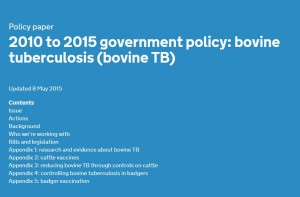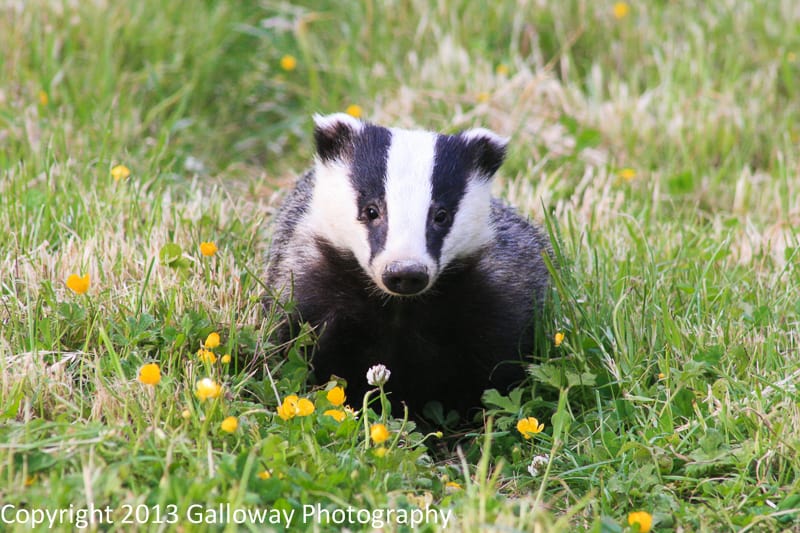Benham, P. F. J., & Broom, D. M. (1991). Responses of dairy cows to badger urine and faeces on pasture with reference to bovine tuberculosis transmission. British Veterinary Journal, 147(6), 517-532.
Enticott, G. (2015). Public attitudes to badger culling to control bovine tuberculosis in rural Wales. European Journal of Wildlife Research, 61(3), 387-398.
Garner, M. G., Dubé, C., Stevenson, M. A., Sanson, R. L., Estrada, C., & Griffin, J. (2007). Evaluating alternative approaches to managing animal disease outbreaks–the role of modelling in policy formulation. Veterinaria Italiana, 43(2), 285-298.
Kao, R. (2012). Simulating the impact of badger culling on bovine tuberculosis in cattle. Veterinary Record, 170(7), 175-176.
Lodge, M., & Matus, K. (2014). Science, badgers, politics: Advocacy coalitions and policy change in bovine tuberculosis policy in Britain. Policy Studies Journal, 42(3), 367-390.
McDonald, R. A. (2014). Badgers and bovine tuberculosis. Current Biology, 24(4), R141-R143.
O’Reilly, L. M., & Daborn, C. J. (1995). The epidemiology of Mycobacterium bovis infections in animals and man: a review. Tubercle and Lung Disease,76, 1-46.
Reynolds, D. (2006). A review of tuberculosis science and policy in Great Britain. Veterinary Microbiology, 112(2), 119-126.
Smith, G. C., Bennett, R., Wilkinson, D., & Cooke, R. (2007). A cost–benefit analysis of culling badgers to control bovine tuberculosis. Veterinary Journal, 173(2), 302-310.
Swinton, J., Tuyttens, F., Macdonald, D., Nokes, D. J., Cheeseman, C. L., & Clifton-Hadley, R. (1997). A comparison of fertility control and lethal control of bovine tuberculosis in badgers: the impact of perturbation induced transmission. Philosophical Transactions of the Royal Society of London B: Biological Sciences, 352(1353), 619-631.
White, P. C., & Whiting, S. J. (2000). Public attitudes towards badger culling to control bovine tuberculosis in cattle. Veterinary Record, 147(7), 179-184.







